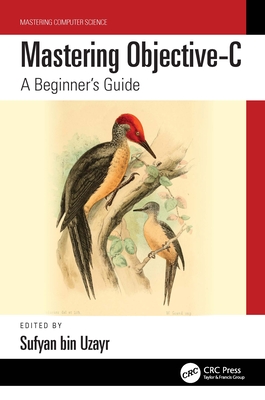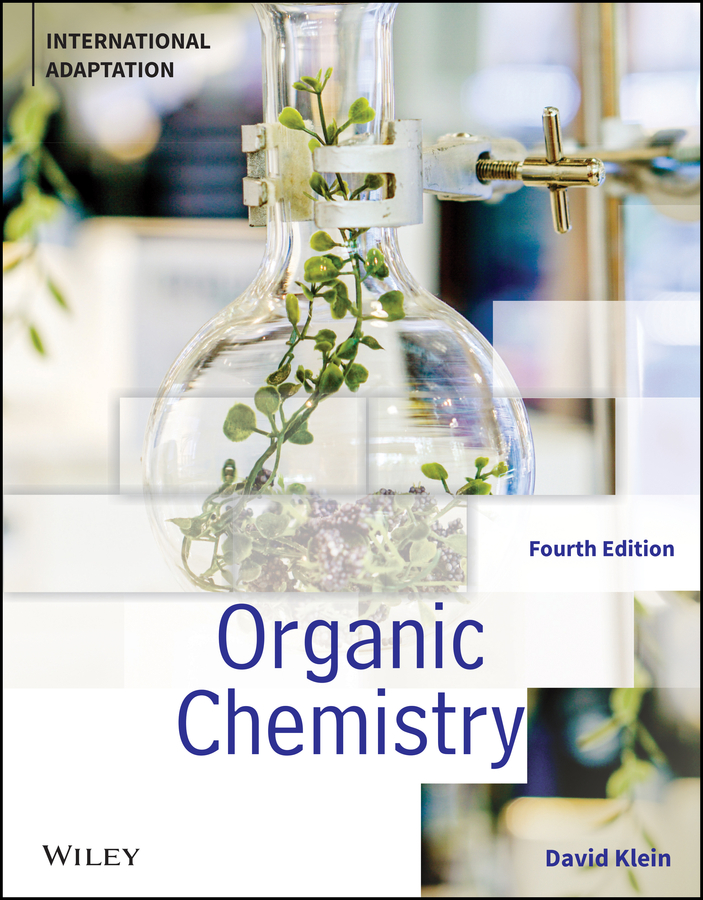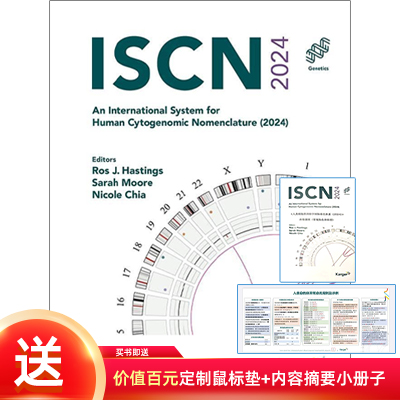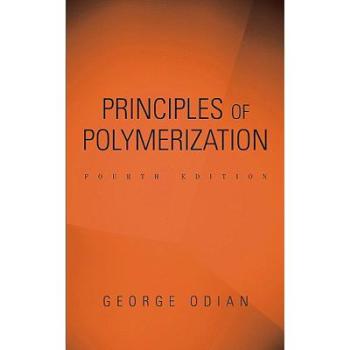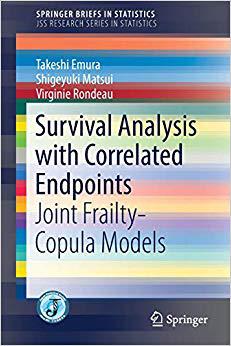
Survival Analysis with Correlated Endpoints:Joint Frailty-Copula Models(JSS Research Series in Statistics)
生存分析与相关终点:联合脆弱介体模型
医学生物化学
¥
1288.00
售 价:
¥
644.00
优惠
平台大促 低至8折优惠
发货周期:外国库房发货,通常付款后3-5周到货
出版时间
2019年04月27日
装 帧
平装
页 码
118
语 种
英文
综合评分
暂无评分
- 图书详情
- 目次
- 买家须知
- 书评(0)
- 权威书评(0)
图书简介
This book introduces readers to advanced statistical methods for analyzing survival data involving correlated endpoints. In particular, it describes statistical methods for applying Cox regression to two correlated endpoints by accounting for dependence between the endpoints with the aid of copulas. The practical advantages of employing copula-based models in medical research are explained on the basis of case studies. In addition, the book focuses on clustered survival data, especially data arising from meta-analysis and multicenter analysis. Consequently, the statistical approaches presented here employ a frailty term for heterogeneity modeling. This brings the joint frailty-copula model, which incorporates a frailty term and a copula, into a statistical model. The book also discusses advanced techniques for dealing with high-dimensional gene expressions and developing personalized dynamic prediction tools under the joint frailty-copula model. To help readers apply the statistical methods to real-world data, the book provides case studies using the authors’ original R software package (freely available in CRAN). The emphasis is on clinical survival data, involving time-to-tumor progression and overall survival, collected on cancer patients. Hence, the book offers an essential reference guide for medical statisticians and provides researchers with advanced, innovative statistical tools. The book also provides a concise introduction to basic multivariate survival models.
本书暂无推荐
本书暂无推荐
